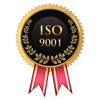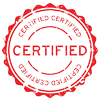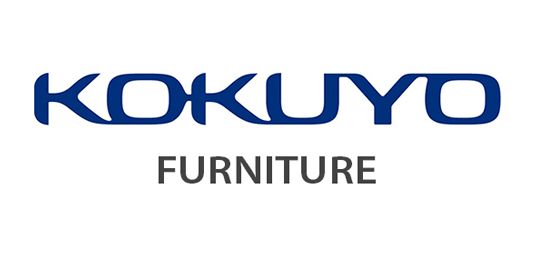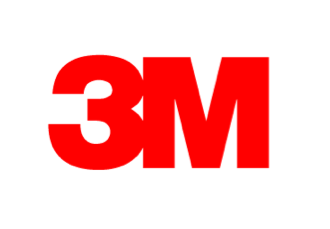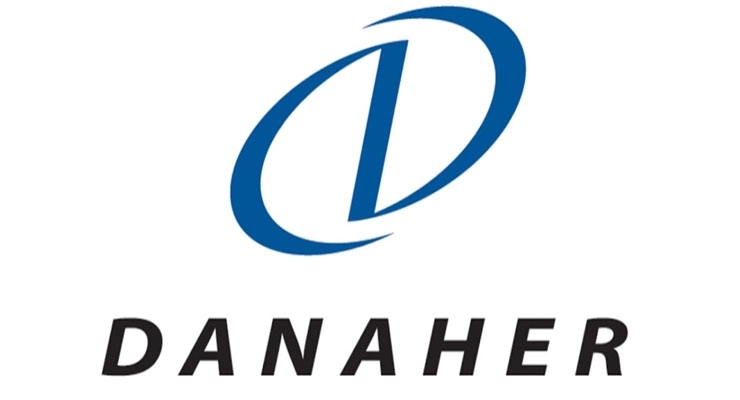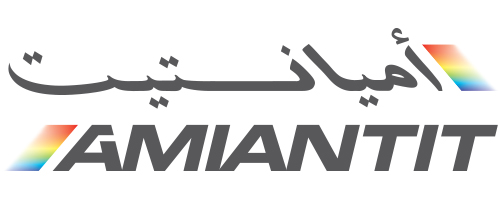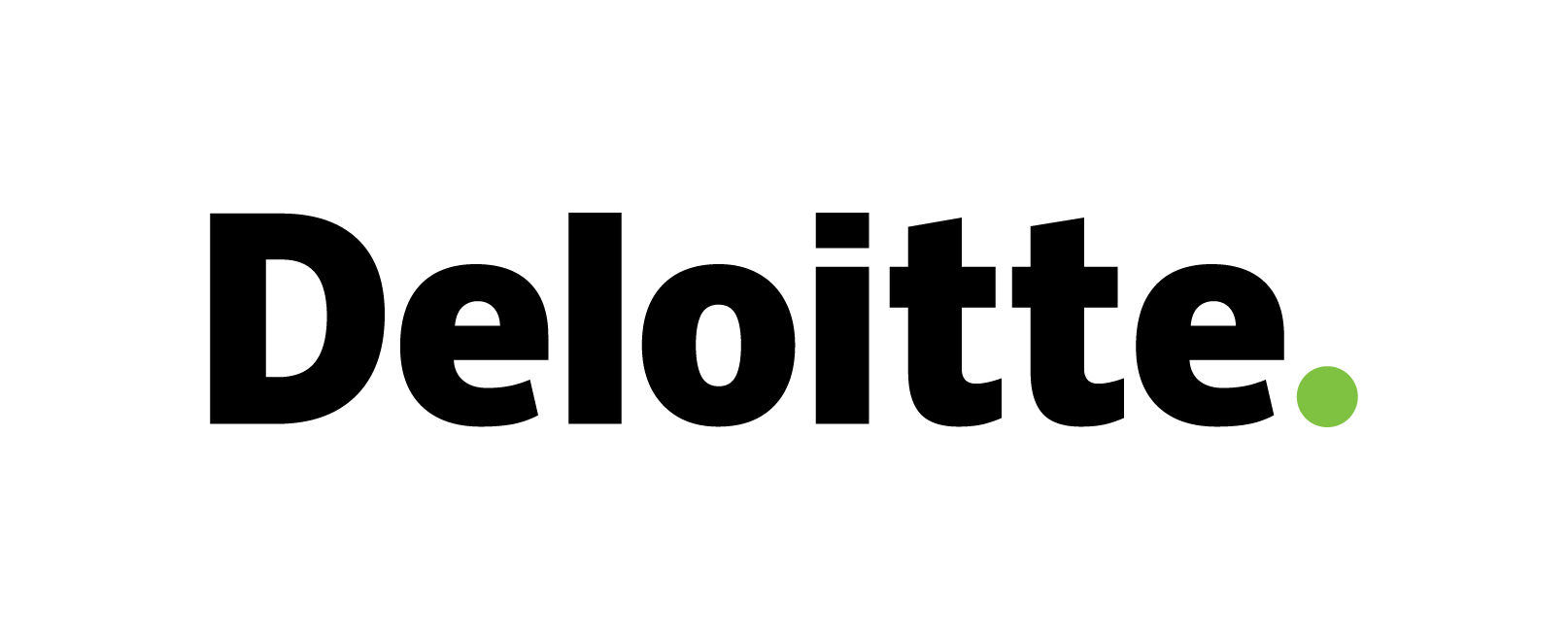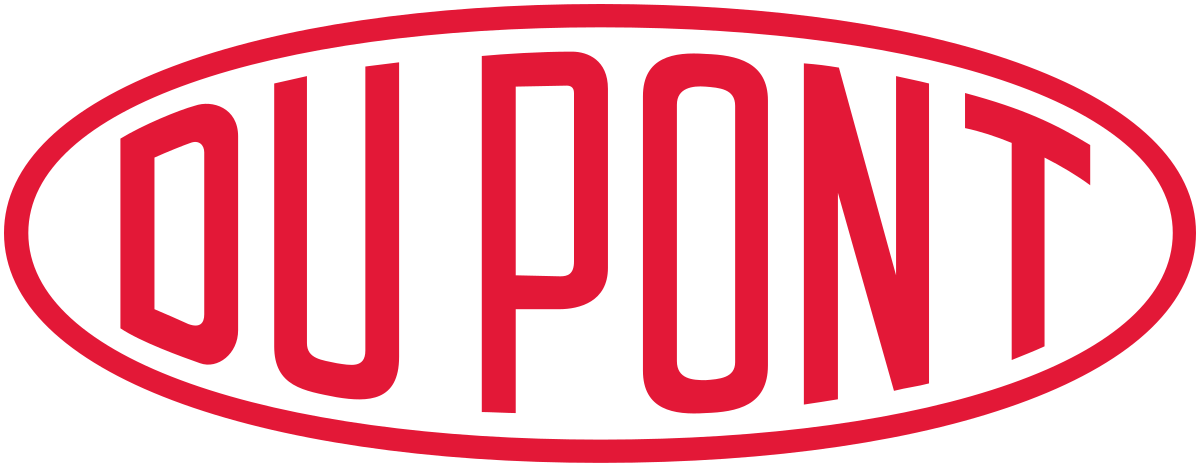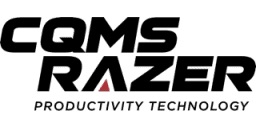Defense Cyber Security Market Segmentation by Platform (Software & Service and Hardware); by Solution (Cyber Threat Protection, Threat Evaluation, Content Security, and Others); by Type (Critical Infrastructure Security & Resilience, Application Security, Cloud Security, and Others), by End User (Land Force, Naval Force, and Air Force); by Region (North America, Europe, Asia Pacific, Latin America, Middle East & Africa) - Global Market Analysis, Trends, Opportunity and Forecast, 2024-2033
Defense Cyber Security Market Trends, Growth Opportunity, and Forecast Analysis, 2024-2033
Sodium Fluorosilicate market revenue to generate USD 70.9 billion by 2033, according to KDMI analyst’s growth analysis. The market is segmented by platform, by solution and by End-user.
Defense Cyber Security Market Overview
The global Defense Cyber Security Market was valued at USD 38.2 billion in 2024. The market is expected to expand at a CAGR of 9.5% from 2024-2033, and is expected to cross value of USD 70.9 billion by the end of 2033.
Defense cyber security is a process that contains the practices to keep the defense or military data safe. Defense or military cyber data are sensitive and require high security and safety from data breaches and cyber-attacks. Globally, defense and military services provide security and safety to their nation and its citizens, but defense cyber-attacks can be challenging for the country’s safety. Defense cyber security system detects, defend, respond, and prevent cyber-attacks that are likely to harm military systems and networks. The security system uses firewalls, network detection and response (NDR), and endpoint detection and response (EDR) to detect, analyze, and report incidents that seem harmful to defense cyber security. In the year 2023, the United Kingdom experienced a growth in cyber-attacks due to rising easy internet availability. 28% growth in Cybercrime reported in Germany, the rising cyber-attacks demand efficient solutions for cyber security and are expected to fuel the defense cyber security market share. General Dynamics-CSRA, Raytheon Technologies Corporation, SAIC, Lockheed Martin Corporation, and CACI International Inc are some global players in the defense cyber security market.
Japan Defense Cyber Security Market Overview
Japan is one of the leading nations that adopts advanced technologies in their defense sector. The country is known for its innovative ideas; hence, japan is adopting AI and other security tools in its defense cybersecurity sector. The country is investing in cyber security to build a strong network in defense. In the year 2022, Japan's cyber security product market was USD 3.6 billion, which has witnessed a growth of 16% from last year. The country recently released two government documents for cyber security: the Cybersecurity Policy for Critical Infrastructure Protection (CPCIP) and the National Security Strategy (NSS). These documents are released to develop Japan’s cybersecurity response capabilities with advanced technologies. The rising defense budget and government policies for cyber security are likely to boost the defense cyber security market in Japan. Cisco Systems Inc., DigitalArts, Fujitsu, Trend Micro, Caulis Inc., and CDNetworks are some companies that work for cyber security in Japan.
Defense Cyber Security Market Drivers – Analyst’s Observation
According to the analysts, some key growth drivers for the Defense Cyber Security Market are as follows:
- Rising Cyber-Attacks in the Defence Sector: Cyber-crimes are rapidly increasing worldwide; the prevalence of the internet and other technologies drives cybercrimes. Cyber-attacks in the military or defense sector can be so risky for any nation as sensitive information about the country can be misused and also harm the country’s respect. Governments are investing in cyber security to secure their nation from any cybercrime as well as to secure the defence sector. Terrorists and many hackers are trying to hack defence websites, systems, and phones; hence governments are securing their defence sector with advanced technologies. Rising cyber-attacks will boost the defense cyber security market share.
- Advanced Technology Integration In Defence: To prevent cybercrimes and attacks, governments are investing in defence cyber security and integrating advanced technologies like artificial intelligence, quantum technologies, and others. Recently European World Bank announced an investment for security enhancement in the region; € 8 billion was funded by the EIB. These investments were initiated for advanced technology integration to strengthen the region’s defence cyber security. Such high investments will fuel the defense cyber security market growth.
|
Defense Cyber Security Market: Report Scope |
|
|
Base Year Market Size |
2023 |
|
Forecast Year Market Size |
2024-2033 |
|
CAGR Value |
9.5% |
|
Market Segmentation |
|
|
Challenges |
|
|
Growth Drivers |
|
Which Probable Factors Could Hamper the Defense Cyber Security Market Trend?
As per our analysis, some of the challenges expected to limit the global market growth of Defense Cyber Security Market are as follows:
- Require High Investments: Defense cyber security needs advanced software, and devices to build a strong network to eliminate cyber-attacks and data breaches. Such security tools, software, and technologies require high investment by the government. Also government needs to appoint professionals for cyber work. These factors are the major obstacles in the defence cyber security market, especially in developing countries.
- Less Advantageous: The defence cyber security market is facing some challenges due to supply chain attacks, which happen due to unauthorized partners, vendors, or third parties that don’t keep data secure. Also, some human errors like weak passwords and mishandling of sensitive data can be responsible for cyber-attacks. Such factors make defence cyber security less reliable and hinder market growth.
How is the Defense Cyber Security Market Segmented?
Our experts have segmented the Defense Cyber Security Market according to the points mentioned below:
- By Platform
- Hardware
- Software & Service
- By Solution
- Cyber Threat Protection
- Threat Evaluation
- Content Security
- Others
- By Type
- Critical Infrastructure Security & Resilience
- Application Security
- Cloud Security
- Others
- By End User
- Land Force
- Naval Force
- Air Force
- By Region:
- North America
- Europe
- Asia Pacific
- Latin America
- Middle East & Africa
Timeline considered for all these studies will be:
2023 – Base Year
2024 – Estimated Year
2024-2033 – Forecast Period
What are the Probable Factors Influencing the North America Having the Highest Market Share Defense Cyber Security Market Forecast?
North America is a leading region in the defence cyber security market. The region is known for its rapid technology adoption; the region is a well-established country that faces several terrorist attacks and some cyber-attacks. As per a report, approximately seven out of ten adults in the United States agreed that cyberattacks from other countries are threatening them; 800,944 cyber-attacks were registered in the year 2022. From 2018 to 2022, the FBI registered about 3.26 million cyber-attack complaints in the United States. The rising number of cyber-attacks can be dangerous for the regional defence sector; hence, governments are working to secure the defence sector and investing in cyber security in 2023. The United States government announced USD 6.6 billion to protect the country from cyber security. Rising cyber-attacks and government investments to prevent cyber-attacks will fuel the defence cyber security market. s Lockheed Martin, Northrop Grumman Corporation, Raytheon Technologies Corporation, and General Dynamics are the defence companies that are in North America's defense cyber security market.
What are the Probable Factors Influencing the Asia Pacific Defense Cyber Security Market Forecast?
Asia Pacific's defence cyber security market is significantly flourishing due to the rising demands in developing countries like India, Japan, Australia and China. All four countries are known for their economic as well as security industry growth. These countries are building their strong defence system continuously to get positioned in developed countries. The rising countries are facing risks of cyber-attacks, which can lead to sensitive data theft or can be responsible for threatening situations for defence or the country. Asia Pacific countries are adopting defence cyber security systems to protect sensitive data and for country safety. Thales Australia, Cisco Systems Inc., Digital Arts, Fujitsu, Trend Micro, Caulis Inc., and CD Networks are some key players in the Asia Pacific defence cyber security market.
Defense Cyber Security Market Key Players
Some key players in the Defense Cyber Security Market are as follows:
- Lockheed Martin (U.S.)
- The Thales Group (France)
- BAE Systems (U.K.)
- General Dynamics (U.S.)
- Northrop Grumman Corporation (U.S.)
- Raytheon Technologies (U.S.)
- Booz Allen Hamilton (U.S.)
- Leonardo (Italy)
- Leidos (U.S.)
- L3Harris Technologies (U.S.)
- Other Key players and Niches
- Executive Summary
- Market Overview
- Key Findings
- Market Trends
- Market Outlook
- Introduction
- Scope of the Report
- Research Methodology
- Definitions and Assumptions
- Acronyms and Abbreviations
- Market Dynamics
- Drivers
- Restraints
- Opportunities
- Challenges
- Global Defense Cyber Security Market
- Market Overview
- Market Size and Forecast
- Market Segmentation
- By Platform
- By Solution
- By Type
- By End User
- By Region
- Market Segmentation by Platform
- Hardware
- Software & Service
- Market Segmentation by Solution
- Cyber Threat Protection
- Threat Evaluation
- Content Security
- Others
- Market Segmentation by Type
- Critical Infrastructure Security & Resilience
- Application Security
- Cloud Security
- Others
- Market Segmentation by End User
- Land Force
- Naval Force
- Air Force
- Regional Analysis
- North America
- United States
- Market Size and Forecast
- Key Trends and Developments
- Market Analysis by Platform
- Market Analysis by Solution
- Market Analysis by Type
- Market Analysis by End User
- Canada
- Market Size and Forecast
- Key Trends and Developments
- Market Analysis by Platform
- Market Analysis by Solution
- Market Analysis by Type
- Market Analysis by End User
- Mexico
- Market Size and Forecast
- Key Trends and Developments
- Market Analysis by Platform
- Market Analysis by Solution
- Market Analysis by Type
- Market Analysis by End User
- United States
- Europe
- United Kingdom
- Market Size and Forecast
- Key Trends and Developments
- Market Analysis by Platform
- Market Analysis by Solution
- Market Analysis by Type
- Market Analysis by End User
- Germany
- Market Size and Forecast
- Key Trends and Developments
- Market Analysis by Platform
- Market Analysis by Solution
- Market Analysis by Type
- Market Analysis by End User
- France
- Market Size and Forecast
- Key Trends and Developments
- Market Analysis by Platform
- Market Analysis by Solution
- Market Analysis by Type
- Market Analysis by End User
- Italy
- Market Size and Forecast
- Key Trends and Developments
- Market Analysis by Platform
- Market Analysis by Solution
- Market Analysis by Type
- Market Analysis by End User
- Spain
- Market Size and Forecast
- Key Trends and Developments
- Market Analysis by Platform
- Market Analysis by Solution
- Market Analysis by Type
- Market Analysis by End User
- Rest of Europe
- Market Size and Forecast
- Key Trends and Developments
- Market Analysis by Platform
- Market Analysis by Solution
- Market Analysis by Type
- Market Analysis by End User
- United Kingdom
- Asia Pacific
- China
- Market Size and Forecast
- Key Trends and Developments
- Market Analysis by Platform
- Market Analysis by Solution
- Market Analysis by Type
- Market Analysis by End User
- Japan
- Market Size and Forecast
- Key Trends and Developments
- Market Analysis by Platform
- Market Analysis by Solution
- Market Analysis by Type
- Market Analysis by End User
- India
- Market Size and Forecast
- Key Trends and Developments
- Market Analysis by Platform
- Market Analysis by Solution
- Market Analysis by Type
- Market Analysis by End User
- Australia
- Market Size and Forecast
- Key Trends and Developments
- Market Analysis by Platform
- Market Analysis by Solution
- Market Analysis by Type
- Market Analysis by End User
- South Korea
- Market Size and Forecast
- Key Trends and Developments
- Market Analysis by Platform
- Market Analysis by Solution
- Market Analysis by Type
- Market Analysis by End User
- Rest of Asia Pacific
- Market Size and Forecast
- Key Trends and Developments
- Market Analysis by Platform
- Market Analysis by Solution
- Market Analysis by Type
- Market Analysis by End User
- China
- Latin America
- Brazil
- Market Size and Forecast
- Key Trends and Developments
- Market Analysis by Platform
- Market Analysis by Solution
- Market Analysis by Type
- Market Analysis by End User
- Argentina
- Market Size and Forecast
- Key Trends and Developments
- Market Analysis by Platform
- Market Analysis by Solution
- Market Analysis by Type
- Market Analysis by End User
- Colombia
- Market Size and Forecast
- Key Trends and Developments
- Market Analysis by Platform
- Market Analysis by Solution
- Market Analysis by Type
- Market Analysis by End User
- Rest of Latin America
- Market Size and Forecast
- Key Trends and Developments
- Market Analysis by Platform
- Market Analysis by Solution
- Market Analysis by Type
- Market Analysis by End User
- Brazil
- Middle East & Africa
- South Africa
- Market Size and Forecast
- Key Trends and Developments
- Market Analysis by Platform
- Market Analysis by Solution
- Market Analysis by Type
- Market Analysis by End User
- Saudi Arabia
- Market Size and Forecast
- Key Trends and Developments
- Market Analysis by Platform
- Market Analysis by Solution
- Market Analysis by Type
- Market Analysis by End User
- UAE
- Market Size and Forecast
- Key Trends and Developments
- Market Analysis by Platform
- Market Analysis by Solution
- Market Analysis by Type
- Market Analysis by End User
- Rest of Middle East & Africa
- Market Size and Forecast
- Key Trends and Developments
- Market Analysis by Platform
- Market Analysis by Solution
- Market Analysis by Type
- Market Analysis by End User
- South Africa
- North America
- Competitive Landscape
- Market Share Analysis
- Company Profiles
- Lockheed Martin (U.S.)
- The Thales Group (France)
- BAE Systems (U.K.)
- General Dynamics (U.S.)
- Northrop Grumman Corporation (U.S.)
- Raytheon Technologies (U.S.)
- Booz Allen Hamilton (U.S.)
- Leonardo (Italy)
- Leidos (U.S.)
- L3Harris Technologies (U.S.)
- Other Key players and Niches
- Strategic Recommendations
- Appendix
- List of Tables
- List of Figures
- References

Need Customized Report for Your Business ?
Utilize the Power of Customized Research Aligned with Your Business Goals
Request for Customized Report- Quick Contact -
- ISO Certified Logo -

